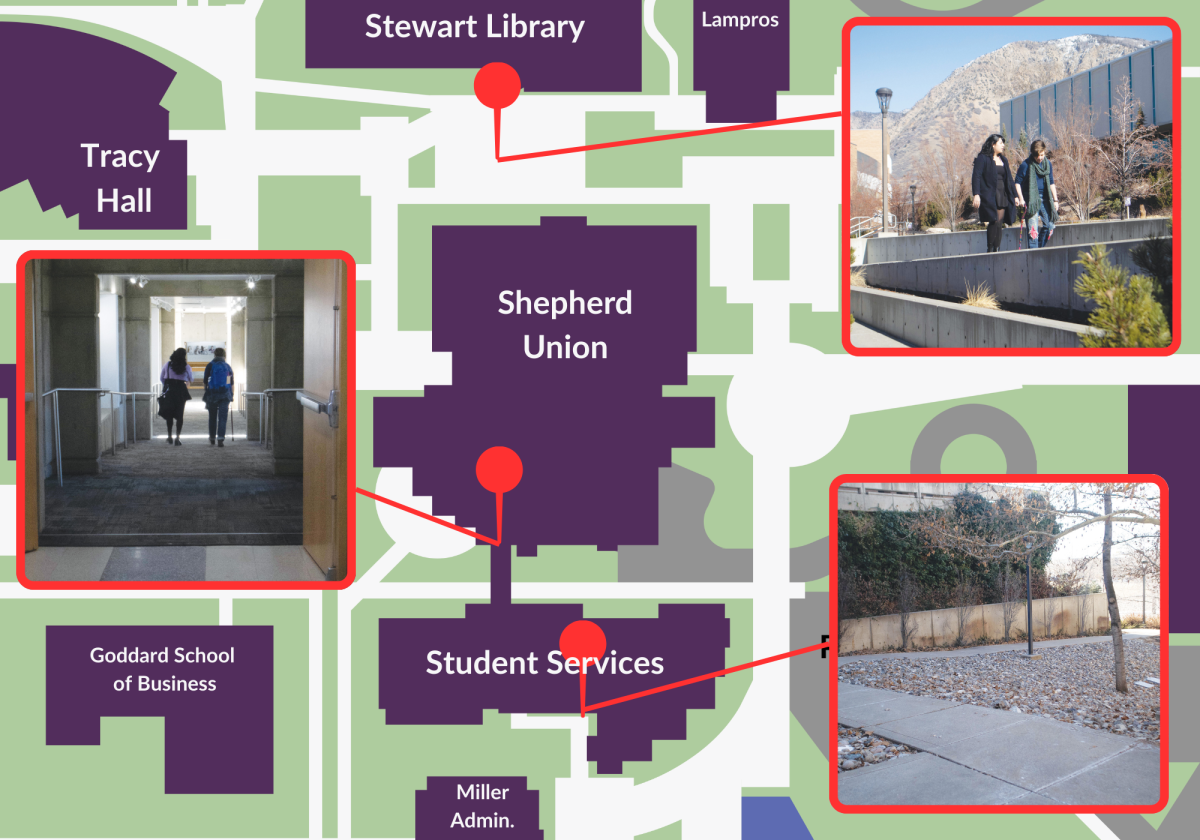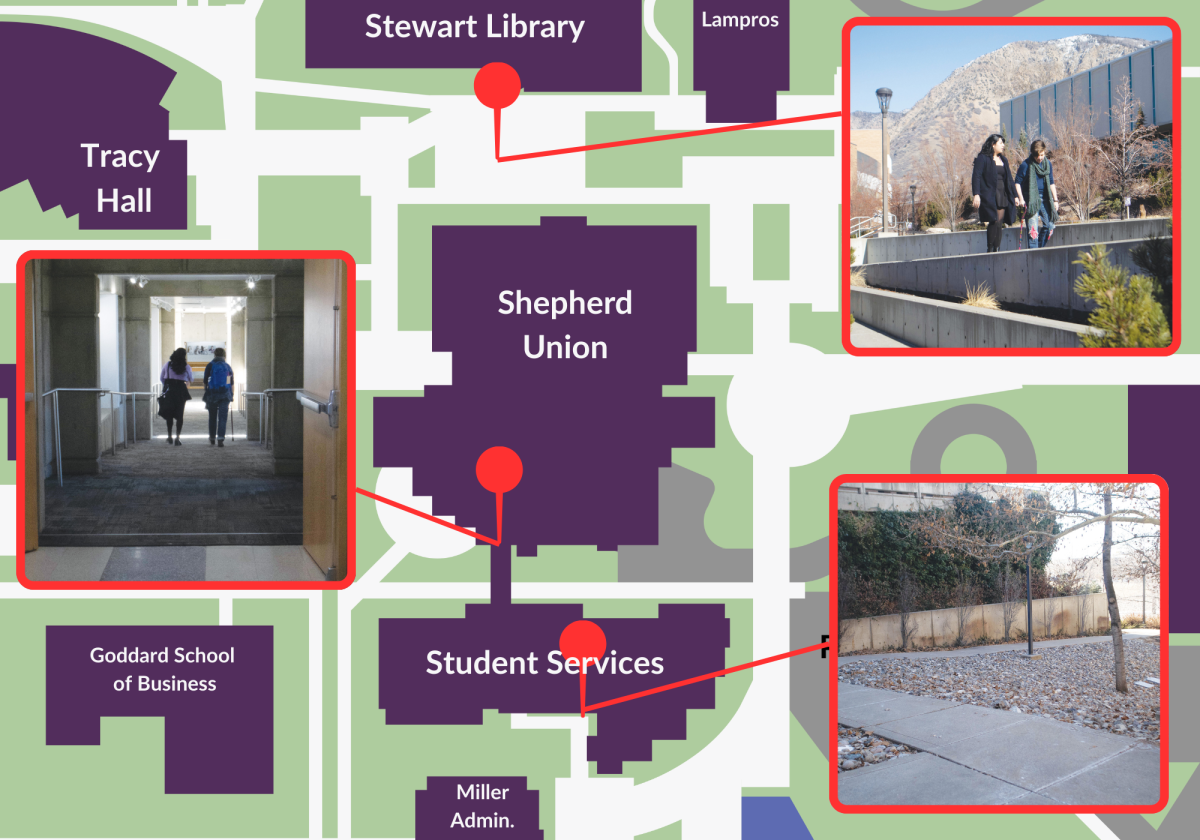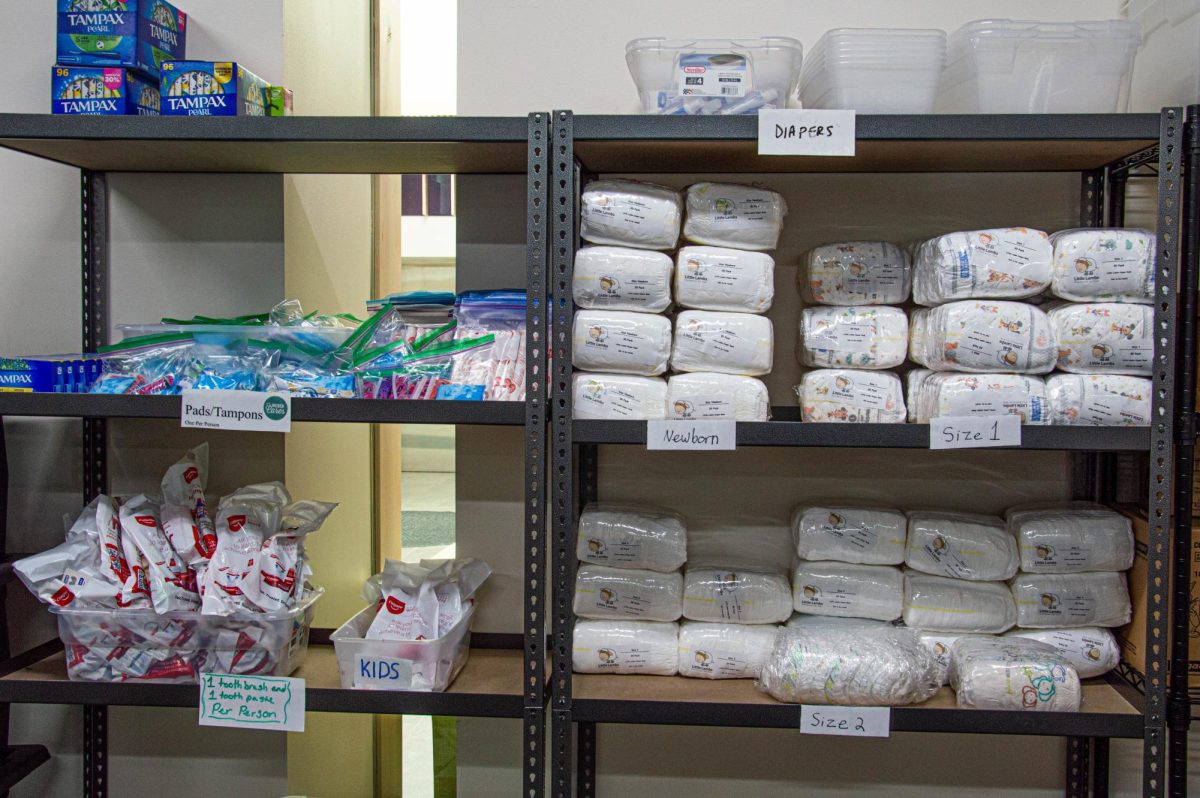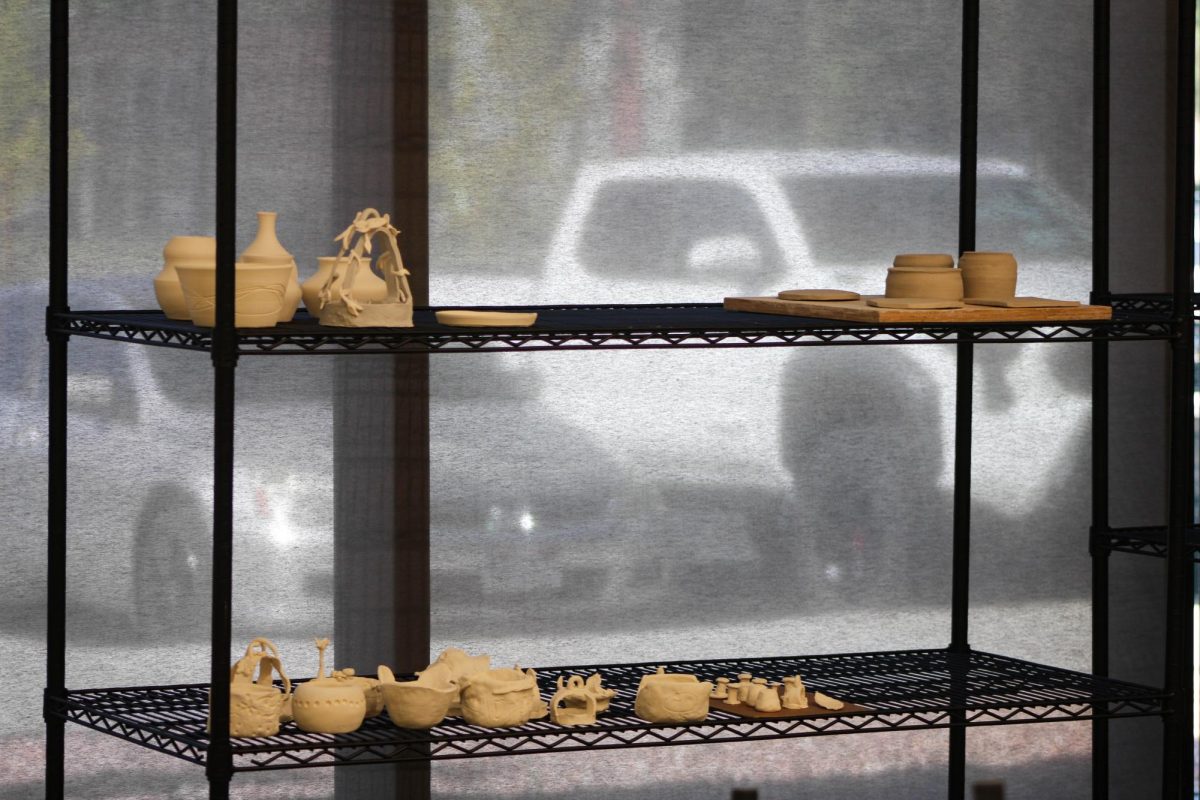
If there is an epidemic of unawareness, it is regarding HIV and AIDS.
Most people remember the days where the primary casualties of this infectious virus were people from rural areas or even outside the country. However, HIV and AIDS is still a growing issue that strikes closer to home than most people think.
In fact, one of the largest at-risk populations for HIV and AIDS is college students.
“We don’t see people dying from AIDS like we used to, so it’s not on a lot of people’s minds.” said Kestin Page, president of the Weber State University Gender and Sexuality Alliance. “But at the same time, HIV is still spreading. And among the more vulnerable groups are 18- to 24-year-olds, which I would attribute to a lack of education as far as sexual health and health care practices go.”
With the absence of proper education, this serious virus has made its way back under the skin of a population that also is plagued by ignorance of the issue.
It appears that the generation most affected by this disease might be the generation most unaware of this epidemic’s impact. In fact, 117 youth aged between 15 to 24 died from HIV in 2014, according to the Center for Disease Control and Prevention.
“So you have all these kids going out, they’re having sex and they’re not being as safe as they should be,” said Page.
Consequently, the spread of HIV and AIDS is back on the radar as a serious problem that might be rooted in lack of resources, education and overall awareness.
A 20th Century Plague in the 21st Century
When people think of HIV or AIDS, the ’80s usually come to mind. With the “coming out” of gays and the increase in drug use, AIDS was hitting the United States — and it was hitting it hard.
But how did this tragic outbreak start?
The disease made its first appearance somewhere in Africa in the 1950s. While a few cases made it to the U.S. and the U.K., it remained fairly isolated. However, by the mid-70s, the virus took root in Haiti at a popular tourist location and found its way to America, where it spread like wildfire.
Jump ahead a few decades, and roughly 1 million Americans live with HIV today with more than 50,000 contracting the virus each year over the past ten years, according to the Center for Disease Control (CDC).
While the epidemic has died down over the past years, it has not disappeared. In fact, 20 people in Utah alone died from an HIV/AIDS-related illness in 2013 and college students are certainly not immune.
Roughly 7,000 people under the age of 24 are still unaware of their dwelling infection and are not actively engaged in a healthcare plan, according to the CDC.
According to Page, this lack of awareness stems from the fact that there are just not enough open conversations about sex, sexually-transmitted diseases and HIV/AIDS, especially on college campuses.
He also says a major problem is blaming the contraction of the disease on outdated stereotypes.
“So in addressing HIV, probably the biggest things that we can do is breaking down those negative stigmas that it stems from irresponsibility and promiscuity,” he said. “We also need to foster a culture of sex positivity. So that way, when people are engaging in sexual behavior, they are having positive conversations.”
Aside from implementing better educational programs on sex and HIV, Page suggested that one way to promote those positive conversations is the possibility of offering HIV testing on campus.
He said that having access to HIV testing would be more convenient than going to a place off-campus because of the immediate availability and would probably get more people involved in helping prevent the spread of this infection.
“Because we spend so much time on campus, it’s kind of our comfort space. The reason why I think that it’s important is because for a lot of people in general, there’s a lot of fear in going and getting tested. So having that testing available on campus, it reduces some of that fear because you’re a little bit more comfortable,” said Page.
Cost of Being Free
Bringing awareness to this issue is just the first step in combating this deadly disease. The next step is providing actual methods to treat it.
While most college campuses offer HIV testing on their campuses, University of Utah is the only current campus with all-year-round testing in Utah. Other colleges such as Brigham Young University and Dixie State University offer some form of HIV testing — whether it be clinics or by appointment — but they are not free.

Currently, Weber State University is in the process of implementing HIV testing on campus. Whether or not it will be free is still in question.
“Ideally, we could offer (the tests) for free. If we had to offset the cost of the test, we would try to keep it very affordable,” said Jayson Stokes. “So that’s kind of where we are at right now. It is something that we are interested in providing. We just have to find a financially viable way to do it.”
As of 2016, the Weber State Student Health Center had a budget of $882,045.02 of which $29,489.59 was left unspent. Although allocated and divided between areas like staff salaries and overhead, the Student Wellness budget has increased nearly $275,000.00 since 2007.
According to the CDC, Utah set aside $1,419,848.00 for HIV testing in 2014 out of a $2,534,586 total budget. That’s more than half their budget put aside just for HIV testing.
However, the average cost of rapid HIV testing and counseling is $48 for an HIV-negative test and $64 for a positive test, according to a study by the AIDS Patient Care.
Rochelle Creager, student wellness coordinator at Weber State, said that while the funding may be possible now for Weber State to offer HIV testing on campus, there are other factors to take into account.
According to Creager, most places that do HIV testing have someone who specializes in delivering sensitive information and providing professional follow-up care for patients who may end up with a positive result.
“So there’s a lot to look at in deciding whether or not it’s best to bring it here or if our students would be better served with referring them to a place where they maybe have some better resources for follow-up care and positive counseling,” said Creager.
According to the Utah County Health Department, 400 people got tested for HIV in 2015 with 380 of them were between the ages 18 through 24.
Likewise, according to the AIDSVu website, there has been an increase in HIV testing by 28.4 percent in Utah in 2015.
Creager said that there is a demand for HIV testing based on these statistics and overall student feedback. However, how beneficial it would be on campus is still being debated.
“These are conversations that we are kind of just in the beginning phases on,” said Creager. “But maybe the smartest thing for us to do is to refer [students] to a place that can provide the best care. Or maybe the smartest thing we can do is offer it on campus, we just don’t know right now.”
Stokes said that the only real obstacle in the way to offer free HIV-testing is funding. Some options available would be implementing grants or having the students pay a fee for the cost of the test.
One of the university’s top priorities is student wellness and that’s why they are aiming to offer the test at no or low cost to keep it accessible to students, he said.
“Often times students have very limited incomes. That’s part of the nature of being a student,” said Stokes. “That’s why we have a health center, so we can provide those resources in a manner that is affordable to students.”
Currently, Weber State is working on whether or not to offer free HIV-testing on campus. It may take a couple of months, according to Stokes.
Ending an era of unawareness
Today, approximately 36.7 million people worldwide are living with HIV/AIDS, according to the Global HIV/AIDS overview.
One million of those people have died from an HIV/AIDS-related illness in 2015.
However, according to Page, some preventative measures are being implemented on a global scale to stop the spread of the disease.
Some of these methods include the pre-exposure prophylaxis, or PrEP, test. It’s a daily pill for people who don’t have HIV but are at a high risk of getting the infection.
Page said this is the first step in ending new cases of HIV by 2030.
“It’s one of those things that if we want to end it, it requires us to remain vigilant, to not abandon the techniques that are working and just keep it up. Because if we keep going, we can make it so that this plague that killed millions of people can be gone,” Page said. “So we are moving into a point where it’s possible for us to end HIV and to end AIDS within our lifetime.”
Ending the negative stigmas and raising awareness also is an important step to ridding this disease, said Stokes. According to him, there is a national trend where sexual health is not always addressed. For example, sexual health isn’t covered in Utah’s secondary education.
“It is a very important facet of an individual’s health. So as college students are starting here, it is important to us that we focus on sexual health as well as other areas of health,” he said.
The lack of knowledge about this illness can lead to more than just the spread of a deadly disease. It can perpetuate unhealthy stereotypes and continue to marginalize affected groups. Proper education in universities and available resources could combat these social stigmas by shedding light on this still dangerous disease.
Below are some resources for Health Centers for HIV testing:
http://www.utahaids.org/services/uaf-test-site/hiv-test-sites-in-utah/



















